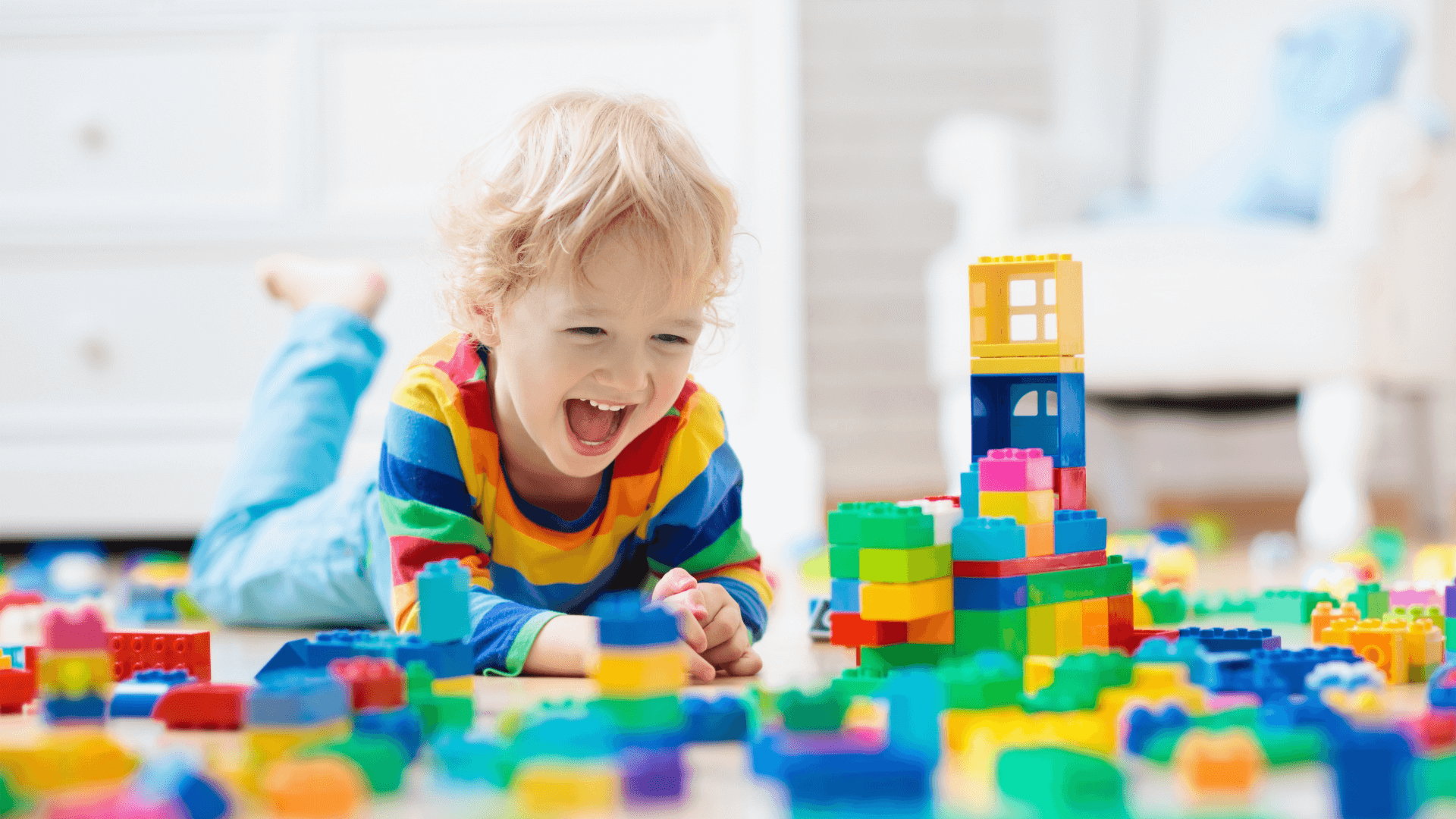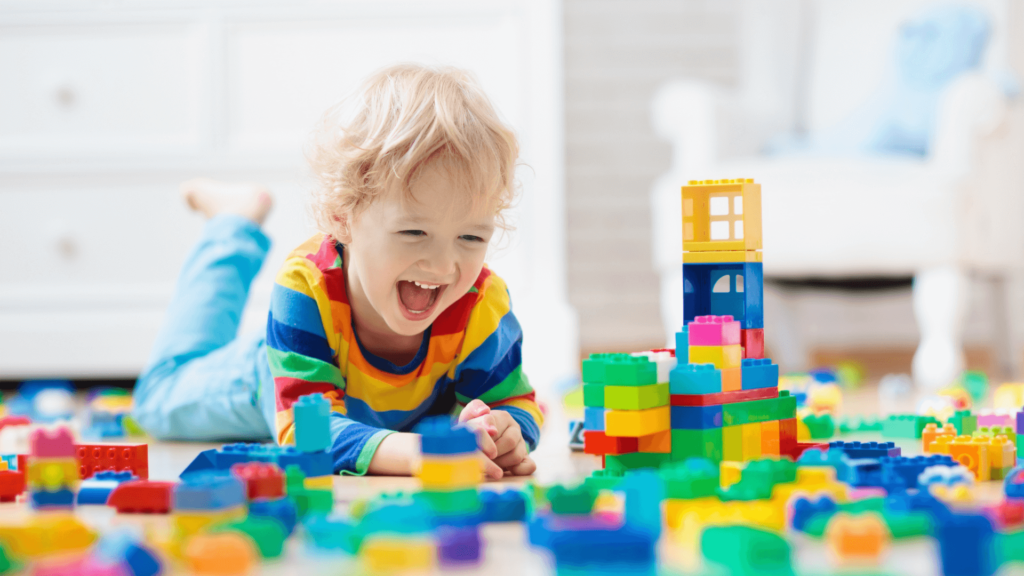From Chaos to Calm: How the Window of Tolerance Supports Learning

Before a child can learn, they need to feel safe. That’s why the Window of Tolerance is such a powerful concept—it reminds us that emotional regulation is the foundation for attention, memory, and communication.
In occupational therapy, we often see children whose sensory needs make it hard to stay in their window. Loud noises, bright lights, or transitions can push them into fight, flight, or freeze. We use sensory integration techniques, movement breaks, and environmental adaptations to help widen their window.
In speech therapy, we see how dysregulation affects language. A child who’s overwhelmed may struggle to process instructions, retrieve words, or engage in conversation. We support regulation through predictable routines, visual supports, and co-regulation strategies that build trust and connection.
Educators and caregivers can help by recognizing signs of dysregulation—like fidgeting, zoning out, or emotional outbursts—and responding with empathy. A sensory break, a quiet space, or a simple “I see you’re having a hard time” can make all the difference.
When children feel safe and regulated, their brains are ready to learn. The Window of Tolerance isn’t just a therapy tool—it’s a lens for understanding the whole child.

